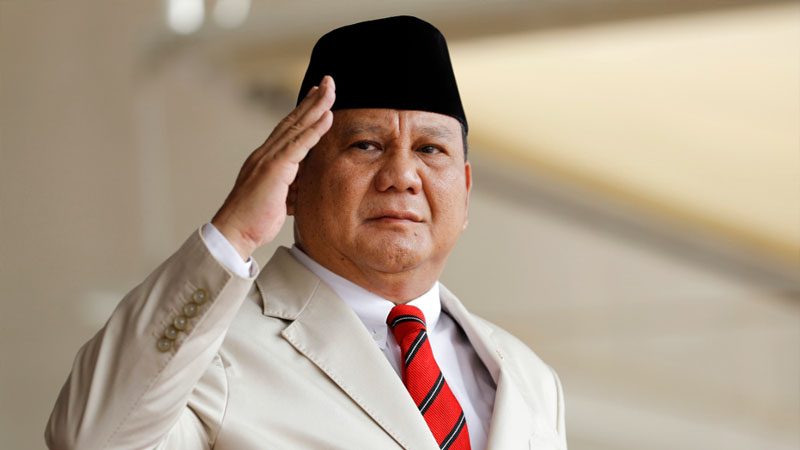Exclusive content

As Indonesia embarks on a new political chapter under President Prabowo Subianto, the fisheries ministry is setting its sights on a sweeping revival of the nation’s shrimp industry. Minister Sakti Wahyu Trenggono has announced an ambitious plan to rejuvenate approximately 78,000 hectares of unproductive shrimp ponds lining the northern coast of Java. With many sites lying idle for decades, the government aims to breathe new life into these dormant spaces through cutting-edge hybridization technology.
The minister has pointed to a successful pilot project in West Java, where an 80-hectare trial has yielded promising results. Such initiatives could pave the way for a substantial increase in shrimp production, a key sector for Indonesia’s economy.
Shrimp Aquaculture: A Historical Context
The roots of industrial aquaculture in Indonesia stretch back to the 1970s when new technologies transformed the landscape of fish farming. Initially centred on more traditional species such as carp and tilapia, the focus shifted rapidly to shrimp by the end of that decade. By the early 2000s, the expanse of aquaculture ponds had surged to nearly 750,000 hectares, accounting for over 20% of the nation’s fish production, with a staggering 90% consumed domestically.
As an essential source of protein, shrimp farming has underpinned the livelihoods of millions across the archipelago. The potential for growth remains significant, particularly in light of burgeoning global demand.
The Promise of Hybrid Technology
Hybridization technology, touted by Trenggono and his team, represents a potential revolution in shrimp farming. Drawing on past successes in using hybrid brackish-water tilapia fingerlings, this approach promises to enhance production in a manner that prioritises environmental sustainability. Industry experts, such as Slamet Soebjakto, have hailed the initiative as a vital step towards supporting eco-friendly aquaculture practices.
Indonesian fisheries officials are keen to leverage this technology to bolster the country’s presence in lucrative export markets like the US and China, aiming for shrimp exports to China to surpass $500 million annually by 2028. Diversification of shrimp species within farms is key to tapping into these international markets effectively.
Economic and Environmental Challenges
While the revitalisation of shrimp aquaculture presents substantial economic opportunities, it is not without its pitfalls. The history of shrimp farming in Indonesia is intertwined with detrimental environmental consequences, notably the loss of vital mangrove forests. According to studies, aquaculture expansion has been a primary driver of a 40% decline in Indonesia’s mangroves over the past three decades.
Under the new administration, Trenggono has committed to a dual approach that includes community engagement in marine conservation efforts, such as cleaning coastal plastic pollutants, and implementing quota systems for local fisheries. The intent is to balance economic growth with environmental stewardship.
Navigating a Complex Landscape
Raising shrimp production is fraught with complexities, including socio-political tensions and labor issues. Recent legal cases illustrate the contentious nature of shrimp farming in protected marine areas, highlighting the ongoing conflict between conservation efforts and economic ambitions. Reports of abusive labor practices within the industry further complicate the picture, prompting government scrutiny and calls for reform.
Despite these challenges, projections point to new investments in shrimp farming facilities, such as a significant 2,000-hectare venture on Sumba Island, as part of a broader ambition to modernise Indonesia’s aquaculture sector.